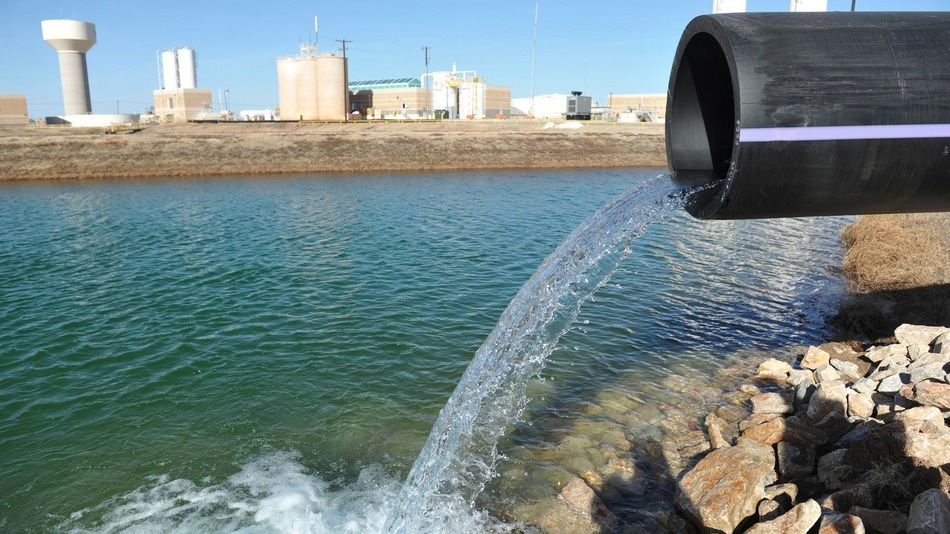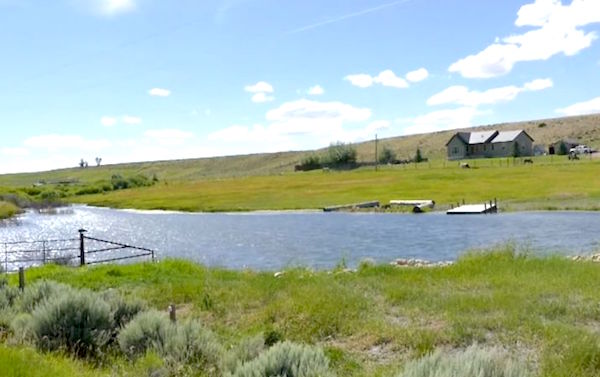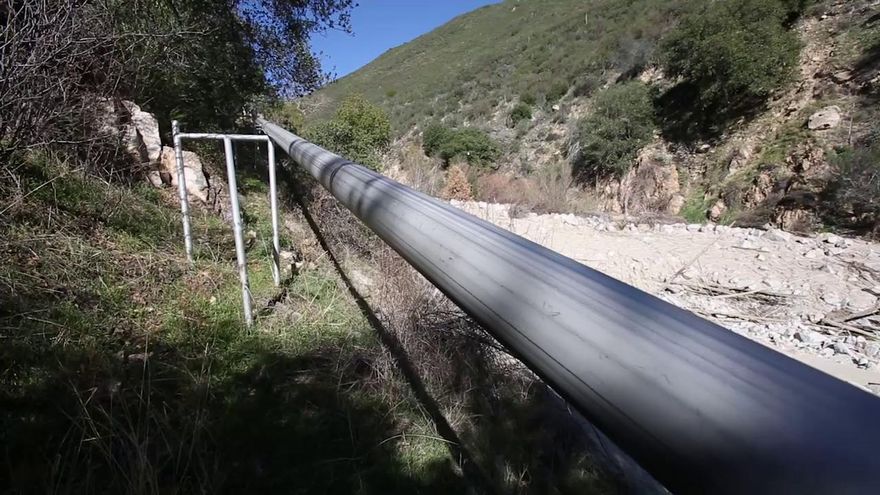Arsenic in Texas water has tested positive in recent years for 82,000 residents, but state officials have told people they don’t need to find an alternative solution. The Environmental Integrity Project group released a report tracking the violations of Safe Drinking Water standards and is criticizing what they call the mixed messages that state officials are giving residents, according to CBS DFW.
For 51,000 of those residents, their drinking water was found to have high arsenic levels every year for the past decade. None of the Texas communities were in the Dallas area; the closest were to the south in McLennan and Hill counties. The violators included small towns, rural water suppliers, mobile home parks and one state prison, the Wallace Pack Unit between College Station and Houston.
“When told that their drinking water is violating the maximum contaminant limit under the Safe Drinking Water Act, most people want to know: ‘Can I keep drinking or cooking with this water? What does it mean?’ ” said Eric Schaeffer, executive director of the Environmental Integrity Project. “The health experts we depend on for advice, for translation, should ask themselves whether they would let their own families continue to use water that year after year violates Safe Drinking Water limits for arsenic.”
Long-term exposure to arsenic has been linked to cancer of the bladder, lungs, kidneys and other organs.
The Texas Commission on Environmental Quality said the Environmental Protection Agency does not consider these violation levels to be immediate health threats.
“Drinking water standards are set to protect people drinking 2 liters of water per day for 70 years,” according to a written statement from the Texas agency.
Also, the TCEQ said: “Out of the 65 water systems cited in the study, all but two are currently under enforcement, or have undergone enforcement, either by the TCEQ, EPA, or Texas attorney general.”
In a statement responding to TCEQ, Schaeffer said “stop straining the English language to avoid stating the obvious: People should avoid drinking or cooking with water that doesn’t meet Safe Drinking Water Act standards.”
“The problem is that continuing to consume water that violates Safe Drinking Water arsenic limits year after year - sometimes at levels that are three, four, or even eight times the standard - will significantly increase the risk of cancer, heart disease and other health problems,” he wrote.
The group’s report also pointed that the short-term exposure can have greater affects on children.
The EPA requires drinking water notices to say that arsenic - which occurs naturally in the groundwater - is a carcinogen. But the federal agency allows states to supplement the warnings with their own wording.
Officials with the Environmental Integrity Project said they only cited water supplies that consistently and recently tested high for arsenic levels. That eliminated places that have fixed their problems through new treatment methods or those that tested high just once.
The West Texas town of Andrews is completing a water treatment upgrade with the help of a $200,000 EPA grant, Schaeffer said. The arsenic levels in Andrews’ water was about triple the federal limit in 2014 and 2015. With about 11,000 customers, Andrews’ system is the largest water system listed in the study.
Schaeffer encouraged state regulators - the TCEQ - to give people “reasonable advice” that was “written in plain English.” And he also said changes are needed at the federal level.
“EPA needs to revise its public notice rules to - at the very least - require that consumers are warned to stay away from water that consistently violates the arsenic limit. If you can keep drinking contaminated water year after year, there is not much point to the federal standard in the first place.”











